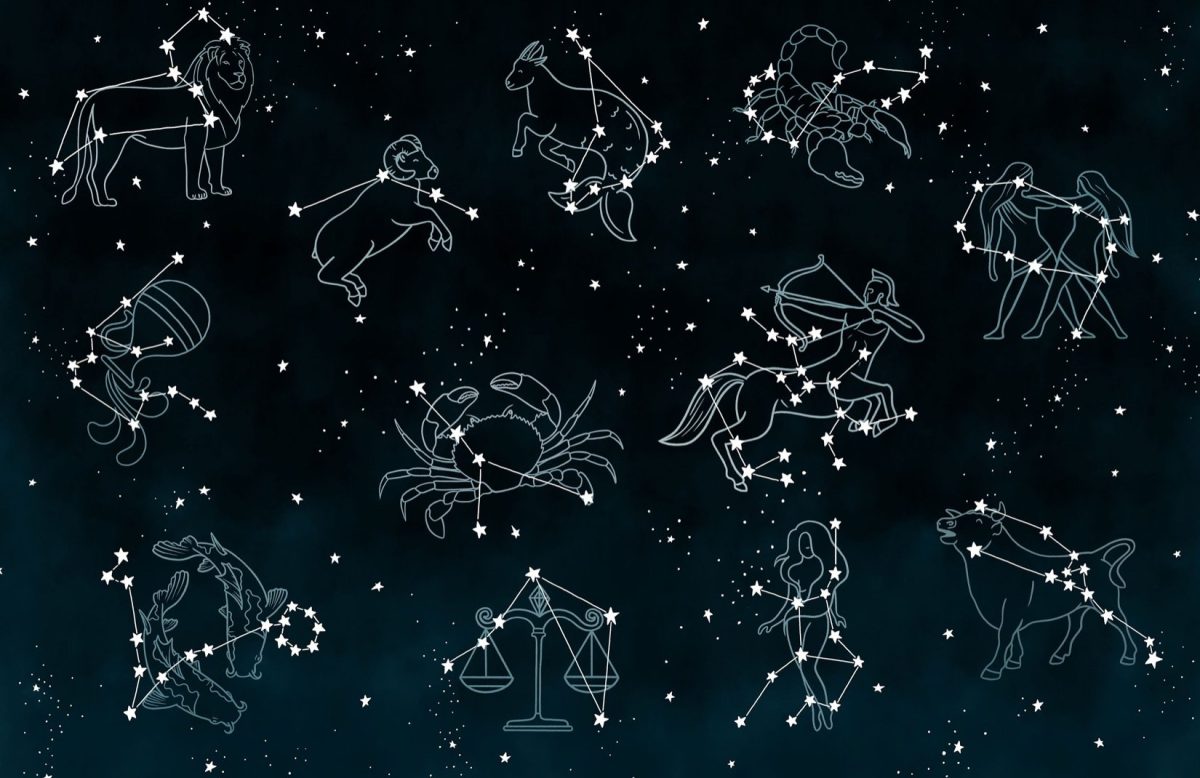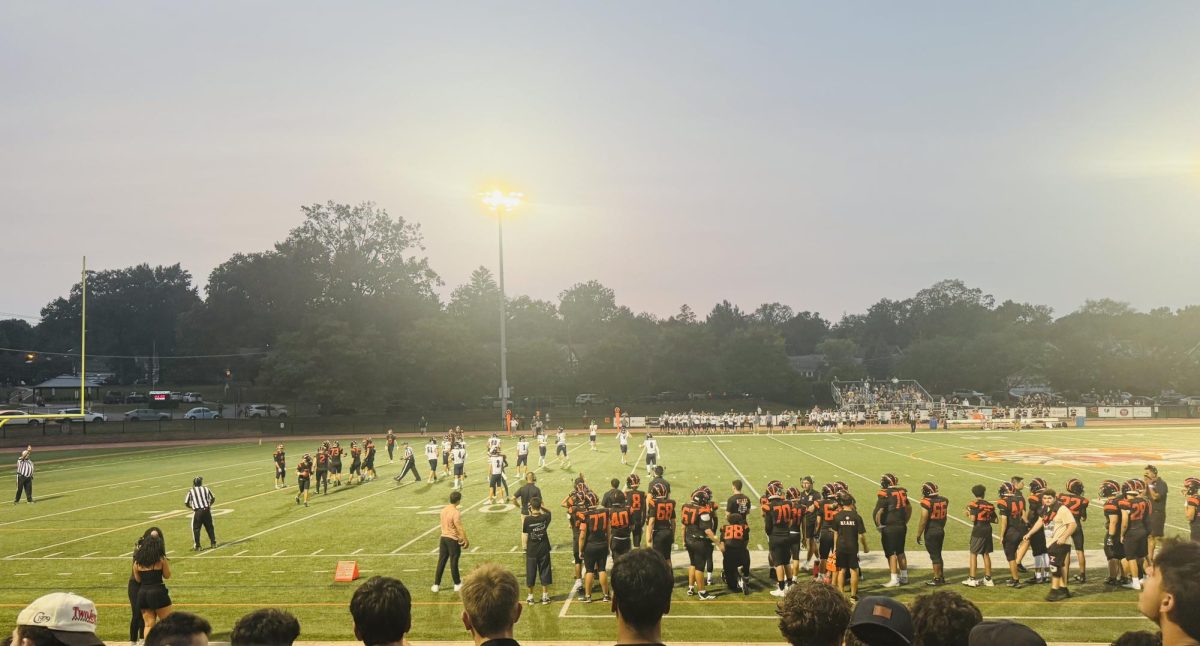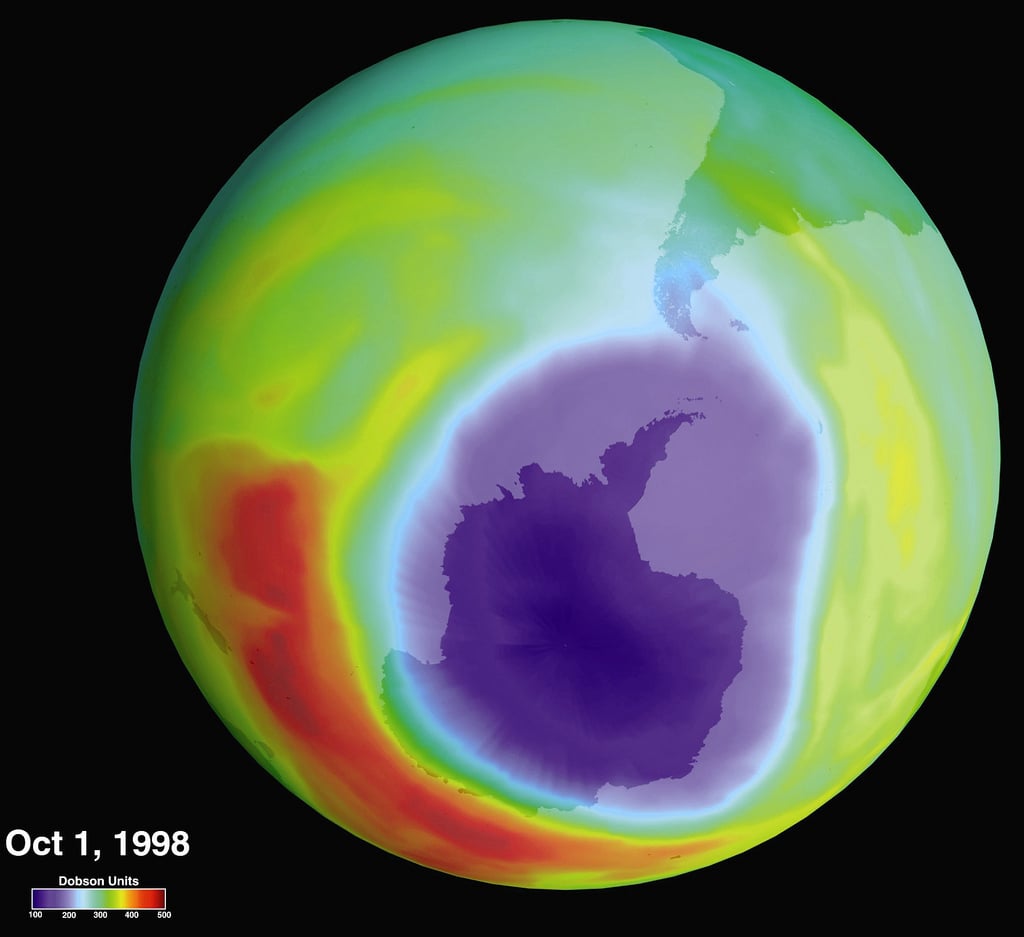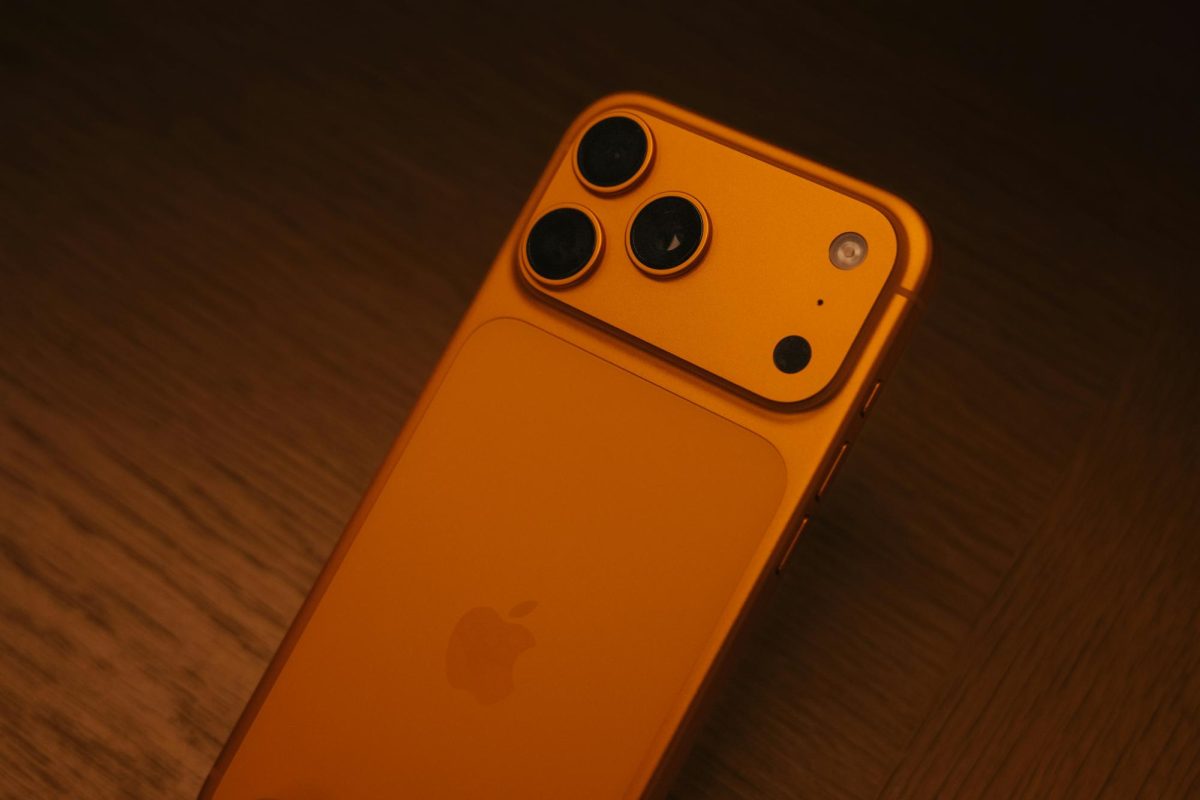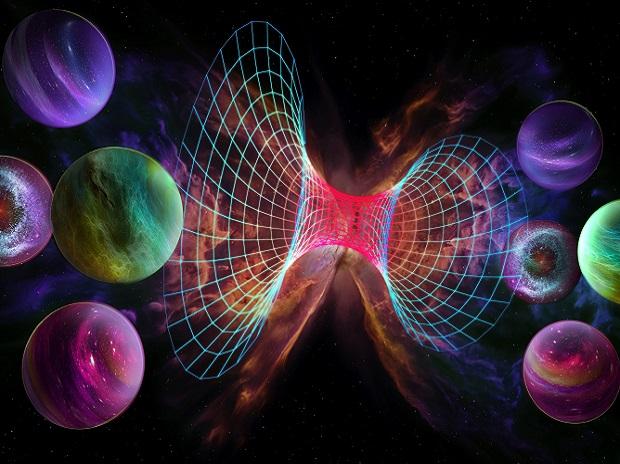Did NASA Really Discover a Parallel Universe?
May 28, 2020
Many people have been going ballistic over a new scientific discovery that claims NASA has discovered an alternate universe. The idea behind this “parallel universe” is that time runs backwards (from the Big Bang) and it is perfectly symmetrical to our universe. While it is interesting to imagine a universe where babies are the oldest people, the data that NASA did acquire does not support the idea of the existence of a symmetrical cosmos.
The media has blown the idea out of proportion and people have exaggerated it, but the only definitive evidence they have are these rare, high-energy neutrinos. NASA has developed a radio telescope they call the Antarctic Impulsive Transient Antenna, or ANITA, which is a balloon-like experiment that aims to locate radio waves that come from rare, very high-energy neutrinos if they strike atoms in ice. In 2016, ANITA detected strange high-energy particles that appeared to be emitted by the earth’s surface but had no clear source. According to a New Scientist article, “Explaining this signal requires the existence of a topsy-turvy universe created in the same big bang as our own and existing in parallel with it. In this mirror world, positive is negative, left is right and time runs backwards.”
Physicists have come to the conclusion that the neutrinos (which are just high-energy particles that rarely react with matter) could not have come from something in our known universe and had to have come from somewhere else. However, they have no idea where the particles could be coming from. As of now, they do not have enough evidence to support the idea that another universe exists. Finding a new class of particles and energy that do not appear to be coming from our universe does not necessarily mean that there is an alternate universe.
It looks like we will have to wait a little longer to ascertain whether or not we are alone in whatever encompasses all the universes. Alex Pizzuto, one of the writers of the parallel universe paper, said, “the next generation of experiments will increase exposure and sensitivity to get a clear understanding of this anomaly.” Here’s some food for thought: if the universe is supposed to cover everything in existence, how could we consider this potentially alternate universe as something that exists but is not a part of the universe?



































